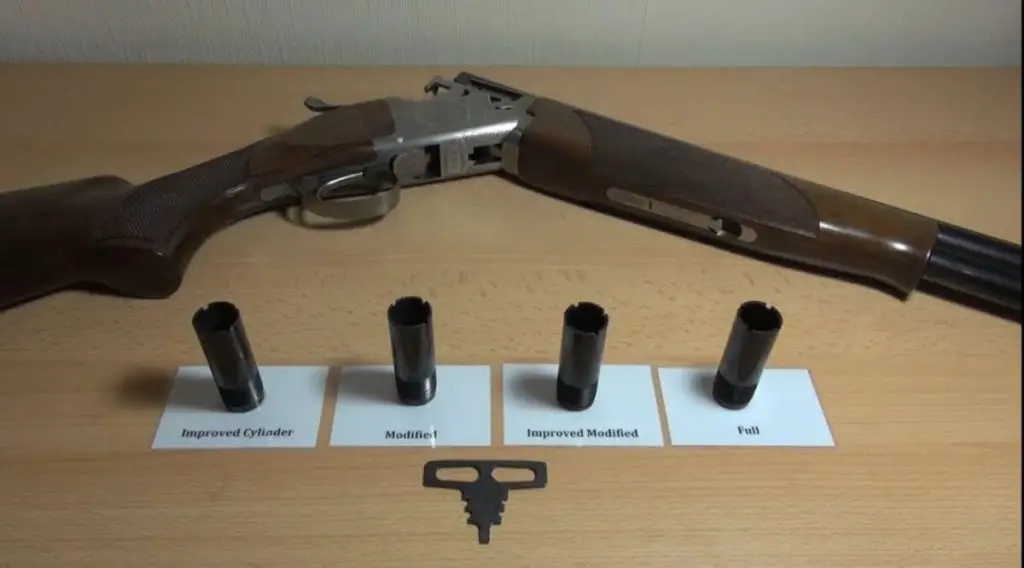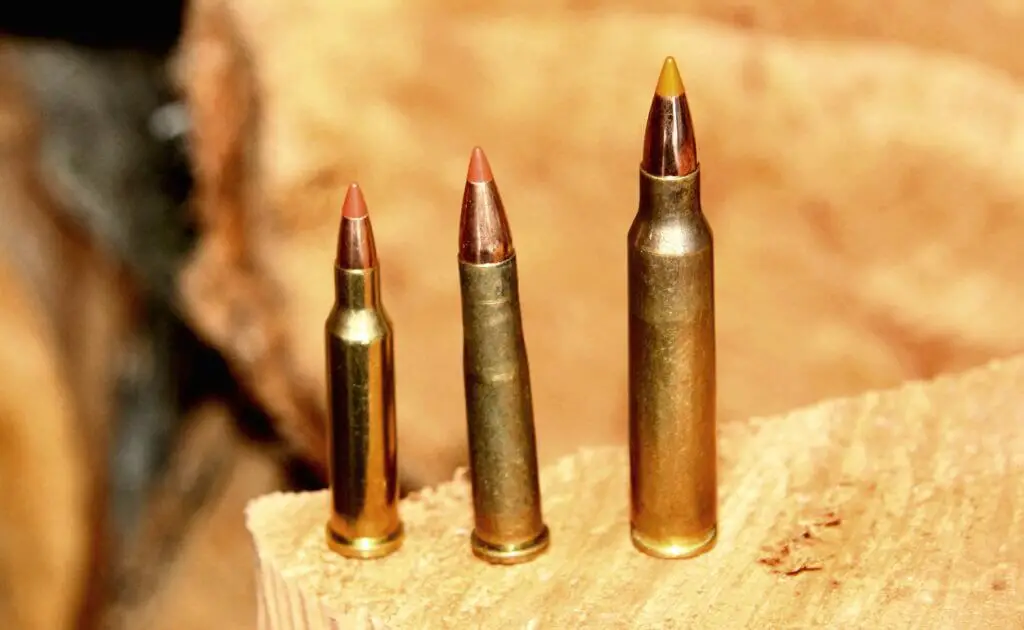If an individual is in the market for a small, concealable, self-defense weapon, they might come across the Kahr P380. This product is compact, lightweight, and operates utilizing a .380 caliber round. However, as with any product on the market, users have reported problems and issues with the Kahr P380. This post aims to provide an in-depth examination of these problems, the reasons thereof, and potential solutions.
The Complexity of the Break-In Period
Problem and Cause
One problem that users have often pointed out with the Kahr P380 pertains to the “break-in” period of the firearm. Most handguns require a period in which the operator fires a certain number of rounds to make the components function more smoothly or reduce their stiffness. For the Kahr P380, this is typically between 200 and 250 rounds. However, some users state that they still experience hitches after this sequence.
The cause of this issue could be variable, ranging from manufacturing inconsistencies to the tolerance levels of the individual weapon parts.
Solution
An immediate solution to this issue is to keep using the weapon regularly. Persistence pays off as firing more rounds would eventually enhance the functionality and smoothness of the firearm. However, if the problem persists, getting the gun serviced or replaced might be the most effective solution.
Firing Pin Issues
Problem and Cause
Some users have reported problems with the firing pin breaking or failing to function effectively. These issues can directly hinder the gun’s reliability for self-defense — a crucial drawback for many owners.
The cause of the problem could be due to the design and functionality of the firing pin. The Kahr P380 uses a lightweight firing pin that strikes with less force, making it prone to such failures.
Solution
The solution to this issue would be to invest in an aftermarket, heavier-duty firing pin. These can be found at various firearm accessory vendors. To replace the firing pin, users would have to disassemble the slide, which requires specific knowledge about the disassembly process. It is advisable to seek help from a professional gunsmith if one does not have the necessary skills or experience.
Limited Magazine Capacity
Problem
Another problem associated with the Kahr P380 is its limited magazine capacity. The compact size of the gun limits its magazine to hold only six .380 rounds. This limitation could be restricting and intimidating for some users, considering the intense situations in which the gun might be used.
Solution
One solution to this issue could be to get an extended magazine that holds more rounds. However, this would make the gun less compact and potentially harder to conceal. Another solution could be to practice quick magazine changes to ensure the user is not left defenseless in a critical situation.
The Takeaway
The Kahr P380, like any other firearm, comes with its pros and cons. Some of the primary problems experienced by users include issues with the gun’s break-in period, concerns with the firing mechanism, and a limited magazine capacity. Despite these issues, the firearm often garners appreciation for its compactness and reliability in self-defense situations.
Remember, though, that buying a firearm is a significant investment, and any problems associated should be carefully thought out. Though problems persist, the Kahr P380’s efficacy and usefulness for self-defense are not disputed, and with the right maintenance and handling, it is a reliable tool for many gun owners.
Frequently Asked Questions
1) How much does a Kahr P380 weigh loaded?
A fully loaded Kahr P380 weighs approximately 13.1 ounces. This weight includes the weight of the firearm itself, which is around 9.97 ounces, along with the weight of the ammunition (typically seven rounds of .380 ACP).
2) What is the difference between the Kahr P380 & the Kahr CW380?
The primary difference between the Kahr P380 and the Kahr CW380 lies in their construction and features. The P380 is built using premium materials, including a polymer frame and a premium-grade stainless steel slide. It offers enhanced ergonomics, a smoother trigger pull, and improved overall finish. On the other hand, the CW380 is designed to be more affordable, featuring a less refined finish, fewer machining operations, and simpler construction techniques. However, both models offer similar ballistics and reliability.
3) Does the Kahr P380 have a safety?
Yes, the Kahr P380 does have a safety feature. It incorporates a passive striker block safety mechanism, which helps prevent accidental discharges. This safety system is designed to deactivate only when the trigger is pulled fully to the rear, ensuring safe operation during normal use.
4) What is the smallest Kahr pistol?
The Kahr P380, with its compact design and small dimensions, is currently the smallest pistol in the Kahr lineup. It has an overall length of 4.9 inches, a height of 3.9 inches, and a width of just 0.75 inches. Its compact size makes it an excellent choice for concealed carry or as a backup firearm.
- How to Put a Scope on a Mosin Infantry in Tarkov: A Quick Guide - November 7, 2024
- How to Edit a Scope Box in Revit: A Step-by-Step Guide - November 6, 2024
- How to Put a Scope on Mosin Tarkov: Expert Tips for Gamers - November 6, 2024


